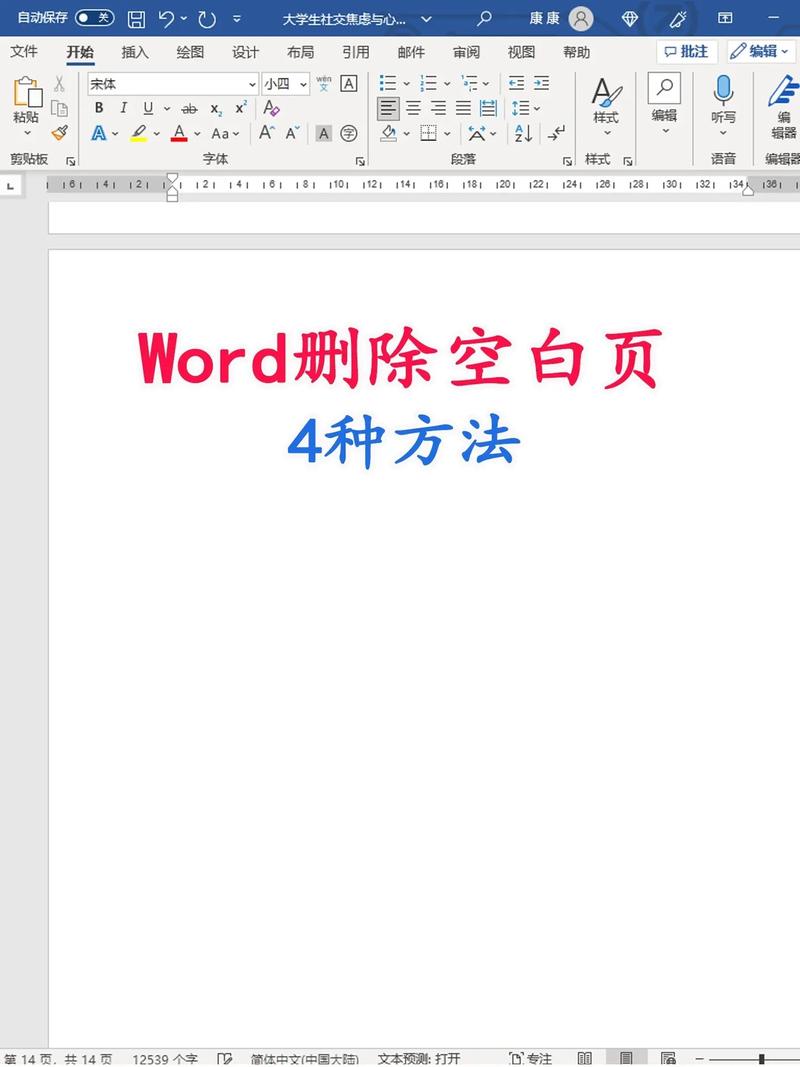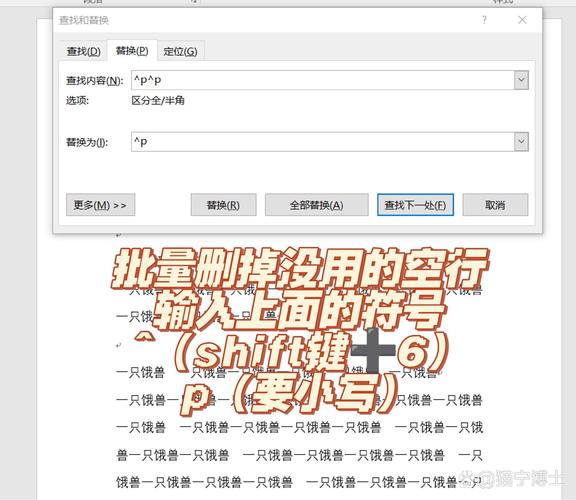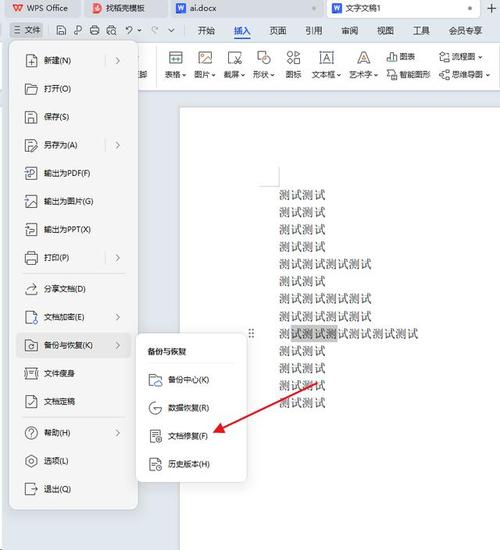在日常办公中,Word 是最常用的文档处理软件之一,在使用 Word 时,我们经常会遇到需要整理空格的情况,无论是文档格式调整、内容排版,还是文本编辑过程中的细微修改,掌握有效的空格整理技巧都能大大提高工作效率和文档质量,本文将详细介绍几种整理 Word 中空格的方法,并通过表格对比其优缺点,同时在文章末尾提供相关问答FAQs,以帮助读者更好地理解和应用这些技巧。
使用查找和替换功能
1. 操作步骤

打开文档:在 Word 中打开你需要整理空格的文档。
按下快捷键:按下Ctrl + H 组合键,打开“查找和替换”对话框。
输入查找内容:在“查找内容”框中输入一个空格(即按下空格键)。
设置替换内容:在“替换为”框中保持为空(即不输入任何内容)。
选择替换方式:点击“全部替换”按钮,Word 将自动删除文档中的所有空格。
2. 优点和缺点

| 优点 | 缺点 |
| 操作简单,适合初学者 | 无法针对特定类型的空格进行选择性删除 |
| 快速批量处理 | 可能误删不需要删除的空格,如数字间的空格 |
使用通配符进行高级查找和替换
1. 操作步骤
打开文档:在 Word 中打开目标文档。
按下快捷键:按下Ctrl + H 组合键,打开“查找和替换”对话框。
启用通配符:点击“更多”按钮,勾选“使用通配符”选项。
输入查找内容:在“查找内容”框中输入[ ](方括号内有一个空格),这表示匹配任意单个字符的空格。
设置替换内容:在“替换为”框中保持为空。

选择替换方式:点击“全部替换”按钮,Word 将删除所有匹配的空格。
2. 优点和缺点
| 优点 | 缺点 |
| 精确匹配,避免误删 | 需要了解通配符的使用规则 |
| 灵活性高,适用于复杂情况 | 对于初学者来说可能稍显复杂 |
手动删除空格
1. 操作步骤
打开文档:在 Word 中打开需要整理的文档。
选中文本:使用鼠标或键盘快捷键选中你想要整理的文本区域。
逐个删除:使用退格键(Backspace)或删除键(Delete)逐个删除不必要的空格。
2. 优点和缺点
| 优点 | 缺点 |
| 完全控制,无误差 | 效率低下,不适合大量文本 |
| 适用于精细调整 | 容易遗漏或误删 |
使用样式和格式刷
1. 操作步骤
打开文档:在 Word 中打开目标文档。
设置样式:选择一个包含适当空格格式的段落样式(如正文、标题等),如果没有合适的样式,可以自定义一个新样式。
应用样式:选中需要整理空格的文本区域,然后应用所选样式,样式将自动调整文本中的空格。
使用格式刷:如果需要将某个段落的格式复制到其他段落,可以使用格式刷(位于“开始”选项卡上的小刷子图标)来快速应用相同的格式。
2. 优点和缺点
| 优点 | 缺点 |
| 保持整体格式一致性 | 需要预先定义或找到合适的样式 |
| 提高效率,适用于重复任务 | 对于非标准格式的文档可能不适用 |
使用宏自动化处理(适合高级用户)
1. 操作步骤
录制宏:在 Word 中,通过“视图”选项卡下的“宏”→“录制宏”开始录制新宏,给宏命名并指定一个快捷键(可选)。
编写代码:停止录制后,按下Alt + F11 组合键打开 Visual Basic for Applications (VBA) 编辑器,在模块中编写 VBA 脚本以自动删除空格。Selection.Find.ClearFormatting;Selection.Find.Replacement.Text = "";Selection.Find.Execute;Selection.Find.Forward = True;Selection.Find.Wrap = wdFindContinue;Selection.Find.Format = True;Selection.Find.MatchCase = False;Selection.Find.MatchWholeWord = False;Selection.Find.Execute;Selection.Find.Execute;Selection.Find.Execute;Selection.Find.Execute;Selection.Find.Execute;Selection.Find.Execute;Selection.Find.Execute;Selection.Find.Execute;Selection.Find.Execute;Selection.Find.Execute;Selection.Find.Execute;Selection.Find.Execute;Selection.Find.Execute;Selection.Find.Execute;Selection.Find.Execute;Selection.Find.Execute;Selection.Find.Execute;Selection.Find.Execute;Selection.Find.Execute;Selection.Find.Execute;Selection.Find.Execute;Selection.Find.Execute;Selection.Find.Execute;Selection.Find.Execute;Selection.Find.Execute;Selection.Find.Execute;Selection.Find.Execute;Selection.Find.Execute;Selection.Find.Execute;Selection.Find.Execute;Selection.Find.Execute;Selection.Find.Execute;Selection.Find.Execute;Selection.Find.Execute;Selection.Find.Execute;Selection.Find.Execute;Selection.Find.Execute;Selection.Find.Execute;Selection.Find.Execute;Selection.Find.Execute;Selection.Find.Execute;Selection.Find.Execute;Selection.Find.Execute;Selection.Find.Execute;Selection.Find.Execute;Selection.Find.Execute;Selection.Find.Execute;Selection.Find.Execute;Selection.Find.Execute;Selection.Find.Execute;Selection.Find.Execute;Selection.Find.Execute;Selection.Find.Execute;Selection.Find.Execute;Selection.Find.Execute;Selection.Find.Execute;Selection.Find.Execute;Selection.Find.Execute;Selection.Find.Execute;Selection.Find.Execute;Selection.Find.Execute;Selection.Find.Execute;Selection.Find.Execute;Selection.Find.Execute;Selection.Find.Execute;Selection.Find.Execute;Selection.Find.Execute;Selection.Find.Execute;Selection.Find.Execute;Selection.Find.Execute;Selection.Find.Execute;Selection.Find.Execute;Selection.Find.Execute;Selection.Find.Execute;Selection.Find.Execute;Selection.Find.Execute;Selection.Find.Execute;Selection.Find.Execute;Selection.Find.Execute;Selection.Find.Execute;Selection.Find.Execute;Selection.Find.Execute;Selection.Find.Execute;Selection.Find.Execute;Selection.Find.Execute;Selection.Find.Execute;Selection.Find.Execute;Selection.Find.Execute;Selection.Find.Execute;Selection.Find.Execute;Selection.Find.Execute;Selection.Find.Execute;Selection.Find.Execute;Selection.Find.Execute;Selection.Find.Execute;Selection.Find.Execute;Selection.Find.Execute;Selection.Find.Execute;Selection.Find.Execute;Selection.Find.Execute;Selection.Find.Execute;Selection.Find.Execute;Selection.Find.Execute;Selection.Find.Execute;Selection.Find.Execute;Selection.Find.Execute;Selection.Find.Execute;Selection.Find.Execute;Selection.Find.Execute;Selection.Find.Execute;Selection.Find.Execute;Selection.Find.Execute;Selection.Find.Execute;Selection.Find.Execute;Selection.Find.Execute;Selection.Find.Execute;Selection.Find.Execute;Selection.Find.Execute;Selection.Find.Execute;Selection.Find.Execute;Selection.Find.Execute;Selection.Find.Execute;Selection.Find.Execute;Selection.Find.Execute;Selection.Find.Execute;Selection.Find.Execute;Selection.Find.Execute;Selection.Find.Execute;Selection.Find.Execute;Selection.Find.Execute;Selection.Find.Execute;Selection.Find.Execute;Selection.Find.Execute;Selection.Find.Execute;Selection.Find.Execute;Selection.Find.Execute;Selection.Find.Execute;Selection.Find.Execute;Selection.Find.Execute;Selection.Find.Execute;Selection.Find.Execute;Selection.Find.Execute;Selection.Find.Execute;Selection.Find.Execute;Selection.Find.Execute;Selection.Find.Execute;Selection.Find.Execute;Selection.Find.Execute;Selection.Find.Execute;Selection.Find.Execute;Selection.Find.Execute`
各位小伙伴们,我刚刚为大家分享了有关怎么整理word中空格的知识,希望对你们有所帮助。如果您还有其他相关问题需要解决,欢迎随时提出哦!


